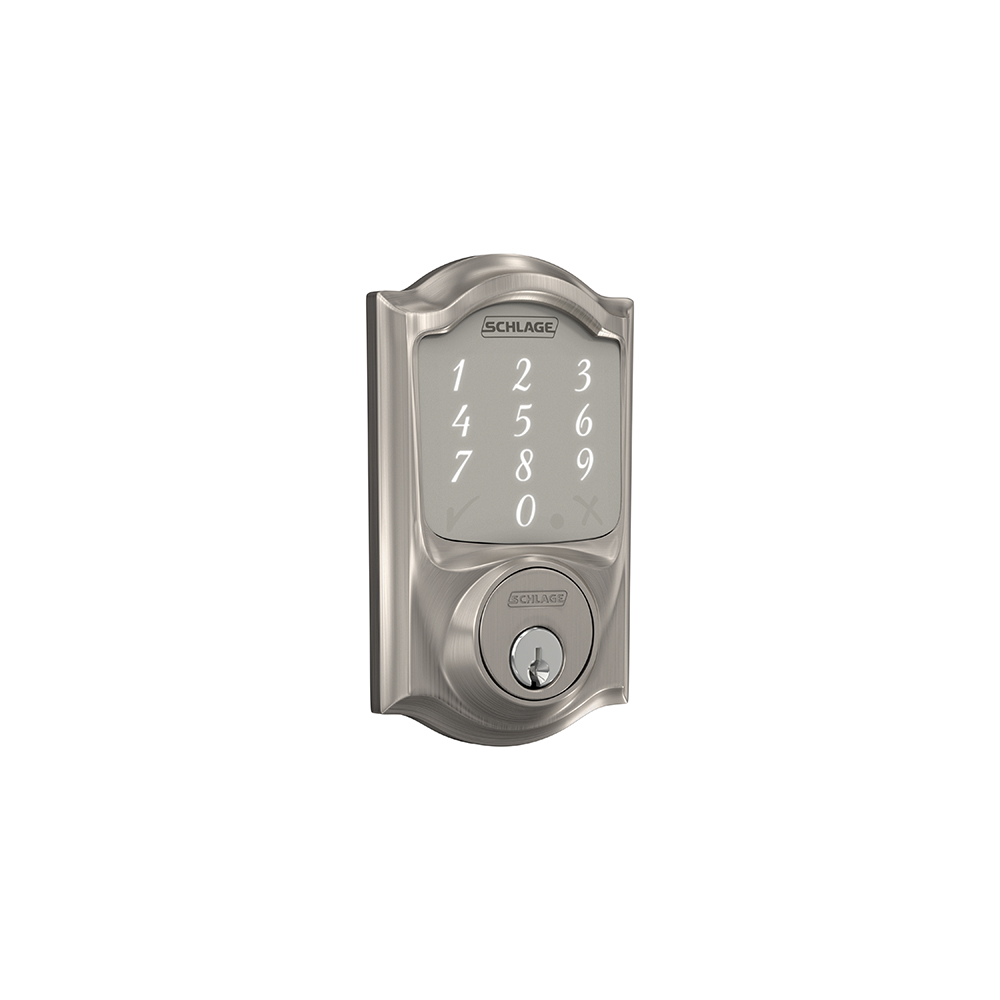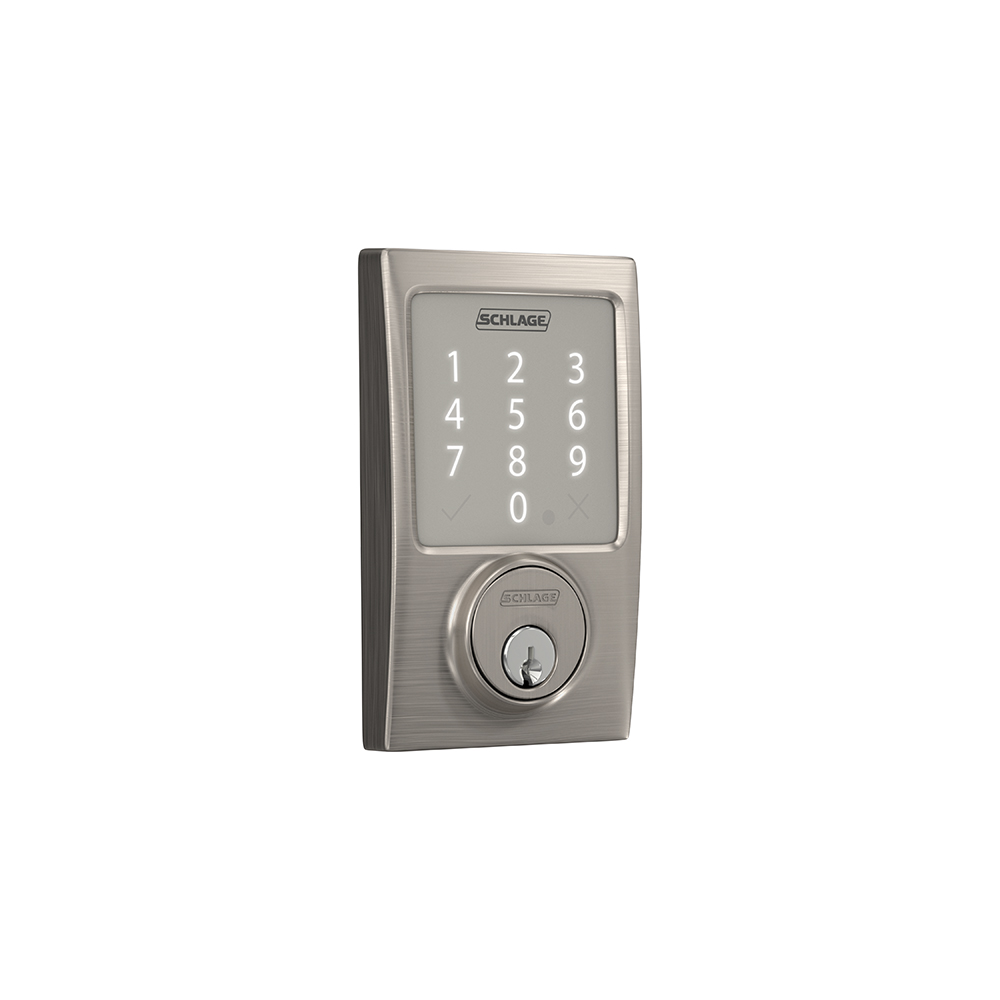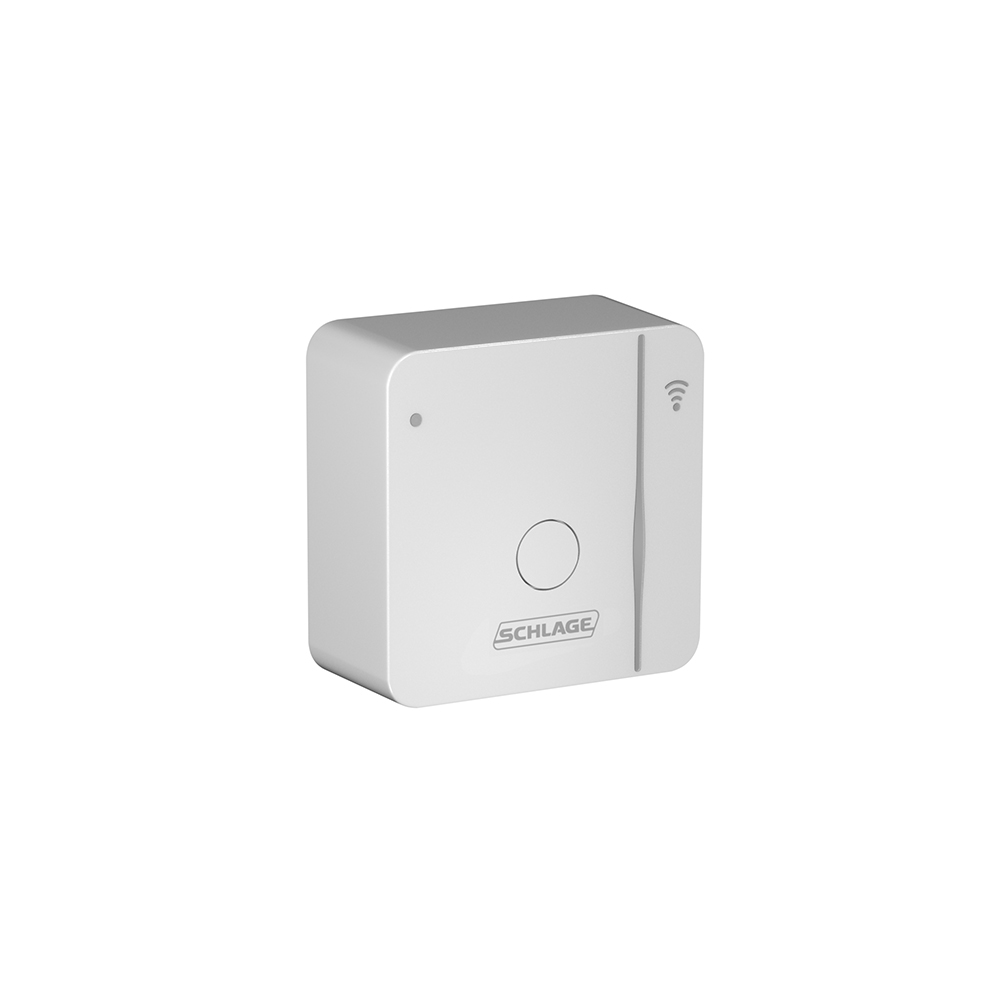The future of the smart home is accessible
Wednesday, March 15, 2017
A Futurist’s view on technology’s growing accessibility and the need to demystify for consumers
By Rob Martens, Futurist and VP of Strategy and Partnerships for Allegion, maker of Schlage.
One of the things I love most about technology is that every device begins its life as an idea. In decades past, inventors, futurists like myself, and even science fiction writers have spent countless hours imagining ways the future can be better through the advancement of technology. But it’s not only about ground breaking ideas, major advancements, or that moment when the idea becomes reality. Technology has its greatest impact when it becomes accessible enough for everyone to benefit from – when the idea becomes practical.
The smart home space is an especially exciting example of this evolution because advancements are happening so rapidly that the possibilities for real-world application expand every day. That moment when a new technology becomes affordable and performs well enough to make its way into the mass market is extremely important in opening up those possibilities. However, in order for a technology to become relevant enough to change the cadence of our lives and even our society, it must be truly demystified for the user.
Rob Martens | Futurist and VP of Strategy and Partnerships
Rob Martens uses his unique talent for identifying patterns and associations to look for mega trends in technology, as well as the ways they can be used to improve the average person’s day.














